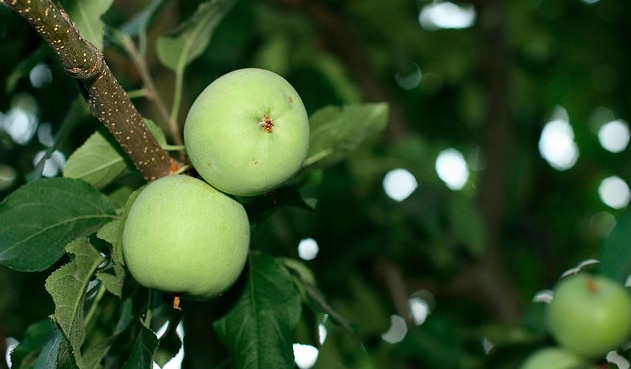The Glycemic Load

At this point, you’ve learned that you need to be eating a healthy portion of protein and fat with each meal. As far as your carbohydrate sources go, we’re going to get a little help from our friends, the Glycemic Index (GI) and Glycemic Load (GL)…who I feel needs a WWE theme song because they sound like some crappy tag team.
No clue what those things are? Don’t worry:
“Not all carbohydrate foods are created equal; in fact, they behave quite differently in our bodies. The Glycemic Index describes this difference by ranking carbohydrates according to their effect on our blood glucose levels. Choosing low GI carbs—the ones that produce only small fluctuations in our blood glucose and insulin levels—is the secret to long-term health reducing your risk of heart disease and diabetes and is the key to sustainable weight loss.”
The GI is a scale of 1-100, with 100 being the fastest and quickest impact on your blood sugar level, and 1 being the slowest impact on your blood sugar level. By choosing foods that are lower on the glycemic index, your nutrients are delivered more slowly to your blood stream, which means they’ll provide a slower/longer source of energy, produce less of an insulin response (you did watch the video above, right?), and create less of a crash that causes your body to crave more carbohydrates!
Now, the GI DOES NOT factor in serving size. For example, watermelon has a GI number of 73, and milk chocolate has a GI number of 43. So should we be eating chocolate all day long and avoiding fruit? Nope, it’s because the GI number is based off of 50g of total carbs of each type of food. You only have to eat 3 oz of chocolate to get to 50 grams of carbs, while you need to eat 1.5 pounds of watermelon to get 50g of carbs.
Luckily, the Glycemic Load factors in serving size along with the glycemic index. Processed foods, refined carbs, and sugar all have high glycemic loads, while fruits and vegetables generally have low glycemic loads. This is the info that we’ll be using to our advantage.
Rather than print out every single piece of food and it GI and GL, I’d rather keep things simple. Focus on eating foods with LOW glycemic loads during the day, and only eat carbs with HIGH glycemic loads immediately before a workout – they’ll be burned immediately as fuel – or directly AFTER a workout along with protein – they’ll get used to refill your muscle’s fuel stores rather than stored as fat.
Search for whatever carb you’re eating here to see it’s glycemic load.
Foods above 55 are considered to have a high Glycemic Index, and foods above 20 are considered to have a high Glycemic Load.
If you are familiar with Tim Ferriss’s “The Four Hour Body” – his Slow Carb diet is based around this concept.
***If you’re a vegetarian or vegan, then this is the path that I’d recommend for you – cut back on grains and crappy carbs, load up on vegetables, nuts, beans, fruits, and some low-glycemic grains if you’re running low on calories, and make sure you’re getting enough protein!
Now, this method of eating requires a little bit more effort, as you’ll be restricting yourself from eating certain foods and you have to spend time researching which carbs produce what type of response in your body. However, it’s a huge step in the right direction towards healthy eating, and you’ll generally have more success with losing the right kind of weight when combined with strength training – burning fat and keeping the muscle you have.

0 comments:
Post a Comment